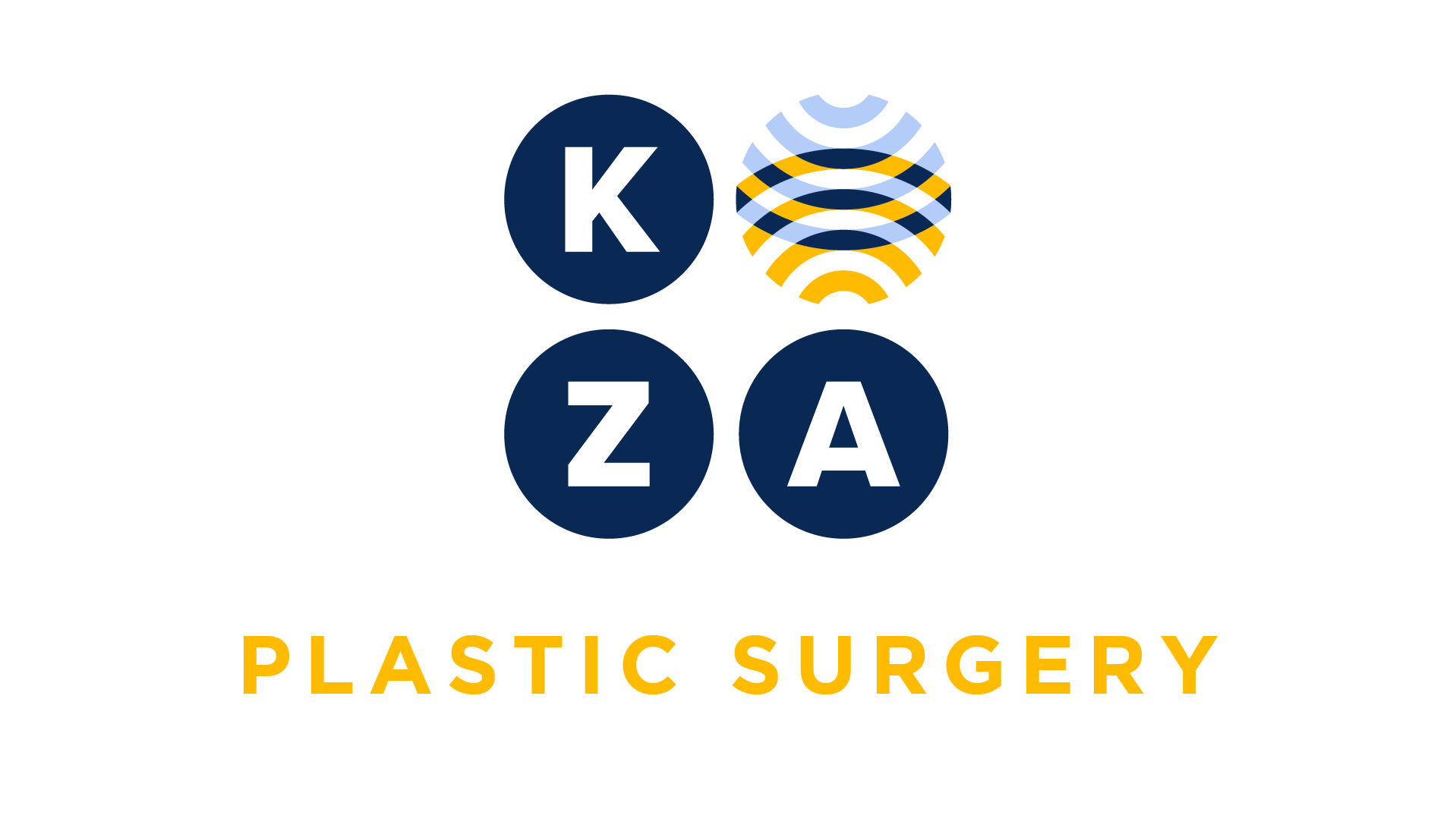
Choose your specialty from the list below to see how our experts have tackled a wide range of client questions.
Looking for something specific? Utilize our search feature by typing in a key word!
Split Thickness Skin Graft
The doctor did a split-thickness autograft of the leg. I can’t find the CPT code for this procedure for an adult. I see only CPT codes for infants and children. Can you tell me where…
Question:
The doctor did a split-thickness autograft of the leg. I can’t find the CPT code for this procedure for an adult. I see only CPT codes for infants and children. Can you tell me where the codes for adults are?
Answer:
There are two stand-alone codes for split thickness skin grafts:
| CPT Code | Descriptor |
| 15100 | Split-thickness autograft, trunk, arms, legs; first 100 sq cm or less, or 1% of body area of infants and children |
| 15120 | Split-thickness autograft, face, scalp, eyelids, mouth, neck, ears, orbits, genitalia, hands, feet, and/or multiple digits; first 100 sq cm or less, or 1% of body area of infants and children |
Note that the code descriptors say, “first 100 sq cm or less, or 1% of body area of infants and children.” That means the code applies to both adults and children. If an adult, you’ll use the area in square centimeters documented in the note. If an infant or child, you’ll use 1% of the body area as your guide for coding the area grafted.
*This response is based on the best information available as of 12/17/15.
Split Thickness Skin Graft
Please resolve an internal debate we’re having in our office. Are the STSG codes chosen based on the recipient or the donor site?
Question:
Please resolve an internal debate we’re having in our office. Are the STSG codes chosen based on the recipient or the donor site?
Answer:
Good Question:, and this is always confusing. CPT says: “Select the appropriate code from 15040-15261 based upon type of autograft and location and size of the defect. The measurements apply to the size of the recipient area.” So you’ll choose the code based on the recipient/defect site and the area (in square centimeters) is of that same site. The two STSG graft codes are 15100 (recipient/defect site is trunk, arms or legs) and 15120 (recipient/defect site is face, scalp, eyelids, mouth, neck, ears, orbits, genitalia, hands, feet, and/or multiple digits).
*This response is based on the best information available as of 12/03/15.
Measuring Square Centimeters
I’m confused about how to determine the square centimeters for using the Adjacent Tissue Transfer codes (14000-14302). Can you explain it in terms that I will understand?
Question:
I’m confused about how to determine the square centimeters for using the Adjacent Tissue Transfer codes (14000-14302). Can you explain it in terms that I will understand? I’m not a doctor.
Answer:
I will certainly try! The adjacent tissue transfer codes are used when there is a primary defect that results from the excision and there is a secondary defect that results from flap design to perform the reconstruction. You measure each of the two defects, calculating the area in square centimeters, separately. Then you add the two areas, in square centimeters, together to determine the code.
For example, you excise a 1 cm x 1 cm malignant lesion from the face and close it with a 1 cm x 2cm advancement flap. The primary defect resulting from the excision is 1 cm x 1 cm = 1 sq cm. The secondary defect resulting from the flap design to perform the reconstruction is 1 cm x 2 cm = 2 sq cm. The primary defect, 1 sq cm, is added to the second defect, 2 sq cm which equals 3 sq cm. The key point for surgeons is to accurate document the areas of both primary and secondary defects. Hope this helps!
*This response is based on the best information available as of 02/05/15.
Epidermal Cyst
Hello, I was at an ASPS coding conference last year and loved what Kim Pollock had to say! She did a great job and was very informative, I learned a lot from her that weekend.
Question:
Hello, I was at an ASPS coding conference last year and loved what Kim Pollock had to say! She did a great job and was very informative, I learned a lot from her that weekend.
I have a question and was hoping you could give me some insight on it. When coding for a lesion/mass excision removal I know that you code by the size and the location of the lesion/mass but when it comes to depth I am a little confused. The patient has a ruptured epidermal cyst (per the pathology report) removed from the eyebrow/eyelid area and the doctor goes down to and included the oculi muscle to excise it. Would I code from the integumentary system (114xx) or from the musculoskeletal system (e.g., 21012-21014). I am leaning toward the excision of skin (integumentary) codes because the origin of the cyst is from the dermis or epidermis and you would code those from the integumentary system….at least that’s what I heard Kim say at the conference. But because the excision was down to and included the oculi muscle I want to make sure that I wouldn’t code it the musculoskeletal system codes.
Thanks for any help you can provide!
Answer:
Thank you for your kind words – I very much appreciate it! You’re right – you’d use the integumentary system code (114xx) in this situation because the epidermal cyst is of cutaneous origin. The codes in the musculoskeletal system (2xxxx) are for tumors that are non-cutaneous in origin such as lipomas. The depth of the excision, while it clearly makes the procedure more difficult, does not have a bearing on the code. It’s the origin of the lesion/tumor that drives the code choice.
*This response is based on the best information available as of 01/22/15.
Removal of JP Drain
I see my breast reconstruction patients anywhere from a week to ten days postop to remove the drains. Can I bill for this?
Question:
I see my breast reconstruction patients anywhere from a week to ten days postop to remove the drains. Can I bill for this?
Answer:
No. This is part of the routine post-op care included in your payment for the surgical procedure and not separately billable.
*This response is based on the best information available as of 01/08/15.
Suture Removal
I did not operate on this patient but he ended up in my office for suture removal. Isn’t there a code I can bill for removing sutures when placed by another physician?
Question:
I did not operate on this patient but he ended up in my office for suture removal. Isn’t there a code I can bill for removing sutures when placed by another physician?
Answer:
There is indeed a code for removal of sutures, but only if you do it in under “anesthesia other than local” (CPT 15851, Removal of sutures under anesthesia (other than local), other surgeon). If you are removing the sutures under local or no anesthesia, then the service is included in your E&M code.
*This response is based on the best information available as of 10/16/14.

